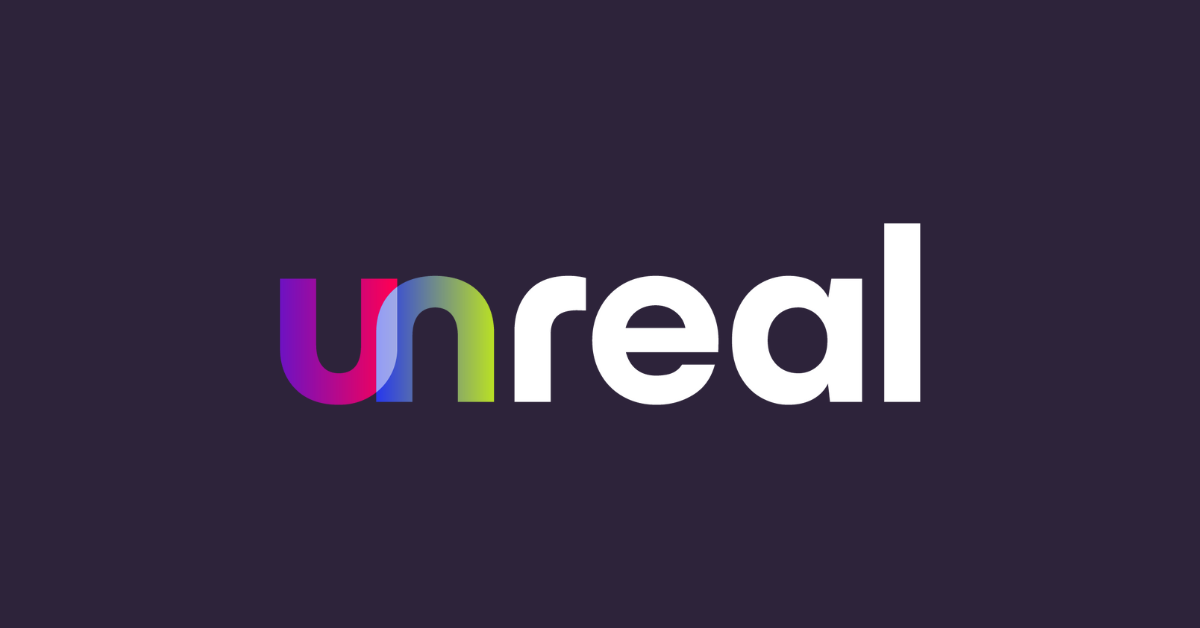Conversational Marketing Trends (Q&A with Drift)
One of the many changes that the pandemic accelerated was the use of conversational marketing among B2B companies. If your company doesn’t yet employ this tool, you’ve likely interacted with a bot or chat agent as a B2B buyer or B2C consumer on a website you’ve visited in the past year.
Conversational marketing helps leads and customers get the information they need when they want it via real-time conversations with live chat agents, chatbots, messaging, and voice assistants. The best conversational marketing is data-driven, allowing for unique customer experiences that drive sales.
In a recent survey, more than half of respondents (58%) adopted a conversational marketing solution in response to COVID-19. Nearly all (99%) said their solution was valuable to highly valuable with the engagement rates to prove it, and almost half (45.2%) said their engagement rates increased during the pandemic.
To learn more about how conversational marketing can fit into your marketing technology stack and strategy, we spoke with Bennett Boucher, channel account manager, and Nick Salvatoriello, head of partner content and community, at Drift, a leading provider of conversational marketing and sales technology.
As a leader in the conversational marketing space, where do you fit in the ever-changing technology stack?
In a nutshell, Drift is a conversational marketing and sales platform. We want to empower companies — and make it easy for them — to communicate with leads and customers. Our customers can add personalized experiences via the platforms that make the most sense for their business, whether that’s chat, email, text, video, or voice. Going a little deeper, our platform turns data into action, unlocking immediate changes to a better buying experience.
In terms of the technology stack, Drift seamlessly plugs into or works with many of the key technologies that companies are already relying on today, including CRM, marketing automation, sales outreach, and data enrichment. We’re here to compliment all of those and help solve challenges that you didn’t think you could.
What is Drift’s vision for revenue acceleration and how do marketing and sales users benefit?
Everything we do is centered around the customer to remove friction from the buyer’s journey. We wanted to bring the best of B2C e-commerce web experiences to B2B.
Buyers don’t want to wait for a response from a web form, email, or phone call. They want information when it’s most convenient for them. So real-time sales and marketing engagement between the buyer and seller speeds up the buying process and improves the overall buying experience.
In addition to improving connection and engagement between the company and site visitors throughout the buyer journey, we also work to improve connections between sales and marketing teams. This, in turn, directly maximizes lead generation and accelerates revenue faster. It’s a win-win for everyone — customers get what they want on their own terms and companies are hitting their business goals.
How are RevOps practitioners using Drift to align marketing, sales, and customer success?
Simply put, RevOps is centered around getting go-to-market teams to drive top-line growth, and revenue acceleration is one of the major impacts of Drift’s conversational marketing platform. But before any action can be taken to drive revenue acceleration, you need organization-wide alignment. Marketing, sales, and customer success teams all need to be synced. Any friction or discrepancies between these teams create silos where loads of data can easily go misused or missed.
Our platform demolishes these siloes, giving companies a 360-degree view of everything that encompasses the entire customer journey. Drift helps automate touchpoints and turn customer data into insights for better, faster decision-making. Teams can leverage Drift to think in terms of the customer’s process and visualize one goal — to truly understand customers and speak to their needs.
How have some of your most innovative clients used Drift in their ABM campaigns?
To engage target accounts when they are the most active on the client’s website, they use built-in reverse IP knowledge to deflect non-ICP (ideal client profile) fits. For example, clients like 15five will only alert their sales reps if a company that is engaging with their message bot matches a particular ICP threshold such as annual revenue or company size. If the prospect is below the threshold, the bots will make recommendations that steer their actions towards signing up for a trial period or a self-sign-up process. You can see more examples of innovative Drift Bots on our chatbot example page.
What are the most common mistakes you see people making with conversational marketing in their existing marketing, CRM, and/or sales automation platforms?
There are two big mistakes that we see. The most common is not integrating or leveraging data from existing MarTech when implementing a conversational marketing strategy. Companies are already doing the legwork by collecting so much data on customers and potential prospects through previous history. Why let all that data and work go to waste? You should use that information to the fullest to help ensure that you provide the most targeted and relevant content in the bot message when visitors come to your website.
The second big mistake is not interacting with and learning from peers who have done this before. Again, it’s about taking advantage of information that is already out there. This is why Drift created an online community and hosts regular industry events and workshops to help connect you with other conversational marketers, offer technical support, and provide actionable examples that can quickly be implemented. Our Certified Solutions Partners network also helps companies get the extra guidance and support they need.
What advice would you give marketers looking to deploy conversational marketing to accelerate revenue generation?
Make sure to tie your conversational strategy to your current marketing campaigns. For example, if you’re promoting an event or a new product, bot content should reflect exactly what you’re currently promoting. This creates more cohesive messaging, helping to accelerate revenue by doubling down on marketing spend for your campaigns.
We also provide educational opportunities to help conversational marketers succeed. We always advise marketers to take Drift’s free Conversational Marketing Certification course to learn how to implement best practices from successful and experienced conversational marketing practitioners. For current Drift customers, our free Drift Playbook Basics Certification course can help you learn how to deploy up to six of Drift’s most popular and effective conversational playbooks.


